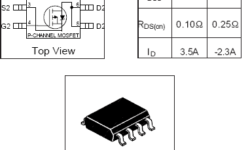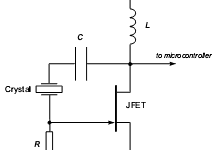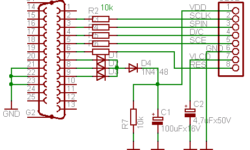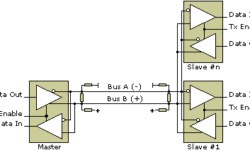AVR-DDS signal generator in-line ASM explained

I have got a couple of questions (in fact, not the first ones) for the AVR DDS generator I have built: “that’s all the asm code that I don’t understand. Could you explain it? Is it possible to do it with inline asm (only in C)?” I decided to explain this part more deeply because it took me to figure this all out. First of all, what we have to do, it is to implement simple DDS algorithm. In a few words, Direct Digital Synthesis(DDS) is known as a Numerically Controlled Oscillator. Simple rule: NCO-based DDS is a point(memory location)-skipping technique (and a constant interpolation of the stored signal) and runs at continuous update(clock)-rate. As the DDS output frequency is increased, the number of samples per waveform cycle decreases. Practically speaking, let’s have some math. We have a clock generator connected to MCU. In my case, F_CPU=16000000Hz. This is our Clock In.











